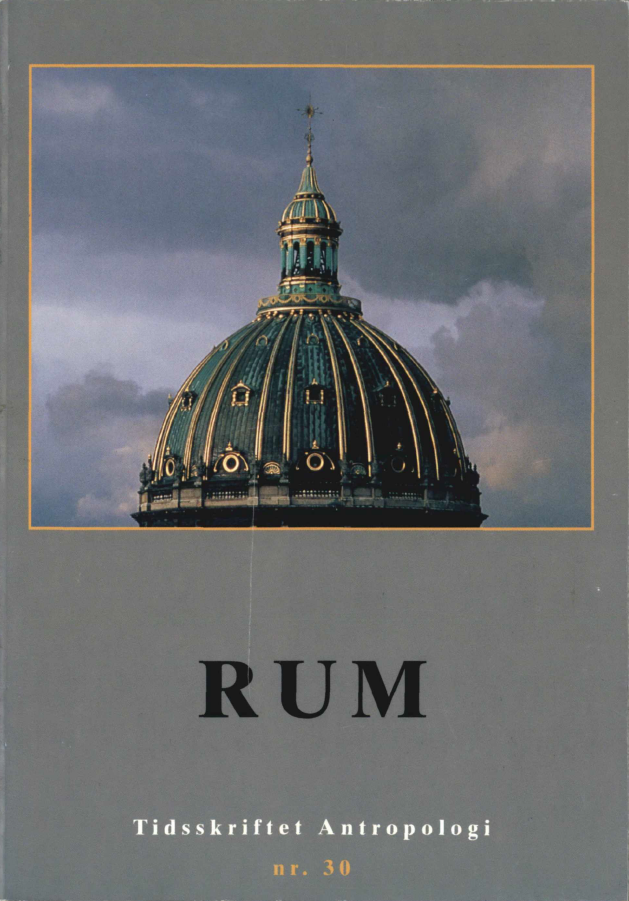Slægt og rum i Inkariget. En fortolkning
DOI:
https://doi.org/10.7146/ta.v0i30.117761Resumé
In the Spanish manuscripts of the 16th and 17th centuries conceming the Inca empire, accounts of a succession of Inca rulers and their descendants are often represented. Modem anthropologists have accepted the statements of the Spanish chroniclers about the existence of a dynasty in the Inca empire, as well as the individual rulers as the main characters in the history of the empire. Against this general agreement, the anthropologist Zuidema has put forward the hypothesis that descriptions and the summaries of the sources should not be understood literally. Often the Spaniards did not understand that their Indian informants sought to describe a particular spatial organization in the Inca empire by means of a temporal succession. Hence, according to Zuidema, several of the so-called rulers represented contemporary chiefs of important social groups of the empire. As a contribution to a discussion of the different ways of reading the sources, the article presents the hypothesis that the Spaniards’ Indian informants described the presence of the royal family in time and space by means of an abstract structure of five elements. It is suggested that the structure is pan-Andean and older than the Inca empire.
Downloads
Publiceret
Citation/Eksport
Nummer
Sektion
Licens
Ophavsretten til artiklerne i Tidsskriftet Antropologi tilfalder forfatteren.
Artikler publiceret i Tidsskriftet Antropologi må citeres, downloades og videresendes for ikke-kommerciel brug, under forudsætning af normal akademisk reference til forfatter(e) samt tidsskrift, årgang, nummer og sider. Artiklerne må kun genudgives med eksplicit tilladelse fra forfatter(e) og tidsskriftet.


